Japan group tours / inbound tours
|
Group tours (inbound)
Aichi, Shizuoka and Tokyo 5 days plan
Plan include tour guide and the use of private charter vehicle
Regardless of your group number, we will plan an itinerary according to your request. From reservation of accommodation, flight tickets, entrance pass to transfers we ensure that you get a seamless travel experience with us. Our bilingual guide will be accompanying you throughout your trip.
| |
Itinerary |
Time |
Mode of transport |
remarks |
meals |
| 1 |
Narita airport
Downtown Tokyo
|
pm |
flight
coach |
After arrival, proceed to downtown Tokyo
accommodationFTokyo |
©
[ |
| 2 |
Nagoya
Shizuoka |
am
pm |
coach |
head to Nagoya cityiNagoya SightseeingjCto Shizuoka accommodationFNagoya |
©
[ |
| 3 |
Shizuoka
Fuji Hakone
|
am
pm |
coach |
Gotemba shopping outlet
Sightseeing ar Fuji-Hakone
accommodationFHakone |
©
[ |
| 4 |
Fuji Hakone
Tokyo |
am
pm |
coach |
Proceed to Tokyo
for SightseeingiRoppongiAOdaibaj
accommodationFTokyo |
©
[ |
| 5 |
Tokyo
Narita airport |
am
pm |
coach
flight
|
Shopping at Akihabara
Proceed to airport
board flight home |
©
[ |
|
söÁFEÏõîñ
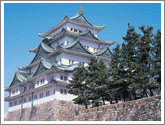 Nagoya Castle
Nagoya Castle
A world famous Edo period castle is the pride of Nagoya. Golden dolphins adorning the castle roof signify prosperity. The castle was built in 1612 by Tokugawa Ieyasu, the then-shogun of the Edo government. Until the revolution of 1867, it was the residence of the Owari Tokugawas, one of the three Tokugawa houses. Much of the castle was burnt down in 1945 during the World War II air raids, and was rebuilt in 1959.
|
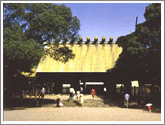 Atsuta-jingu Shrine
Atsuta-jingu Shrine
A sacred forest with a historic Shinto shrine. Unique and lively religious services and festivals occur. Atsuta-jingu Shrine is located nearly in the center of Nagoya and is also called Atta-san or Miya. It is very popular amongst the locals. Atsuta-jingu Shrine is a historic shrine that is mentioned in Japan's oldest history book from the 7th century called "Kojiki" and has Kusanagi-no-Mitsurugi, one of the three heirlooms "Sansyu-no-jingi" that had been owned by successive emperors and used as symbol for succession of the imperial throne.
|
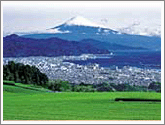 Nihon-diara Plateau
Nihon-diara Plateau
Nihon-daira is a hilly area located in the central part of Shizuoka on the northern side of Mt.Udo-san facing the Izu-hanto Peninsula with the Suruga Bay in between. From the area designated as a Prefecture Natural Park you can enjoy the panoramic view of Mt. Fuji and Suruga Bay.
|
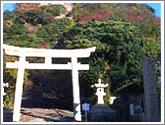 Mt. Kuno-zan
Mt. Kuno-zan
Mt. Kuno-zan, a mountain 270 meters above sea level. Kuno-zan Toshogu Shrine was built by the 2nd Shogun Hidetada Tokugawa, the son of Ieyasu Tokugawa, in accordance to Ieyasu's will. It is designated as an important cultural asset. Ieyasu Tokugawa became the first shogun of the Tokugawa shogunate in the early 17th century, and established the foundation of an approximately 300-year-long stable Edo period. The treasures of that period are stored and exhibited in the Kuno-zan Toshogu Museum.
|
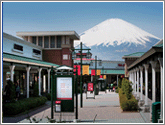 Gotemba Factory Outlet
Gotemba Factory Outlet
Gotemba Factory Outlet is the largest shopping mall in Japan with over hundred of shops in one premise. Here you will find bargain on branded goods.
|
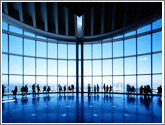 Roppongi Hills
Roppongi Hills
This area is a center for all kinds of entertainment including restaurants, hotels and the cinema complex. On the 53rd and uppermost floor, you will find contemporary art exhibited in the "Mori Art Museum", and on the 52nd floor is "Tokyo City View" where the glass-walled observatory offers a stunning 360 view of the city.
|
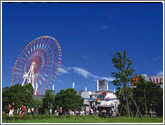 Odaiba
Odaiba
Odaiba was born on the reclaimed land in the Tokyo Bay in the southeast of Tokyo. It is attracting mostly young people as the newest amusement spot in Tokyo. There is a shopping mall with a 300-meter long boutique street, a multi-flex cinema that employs the latest acoustic and screen technologies, a gourmet zone that stretches over 15,000 m2 which is obviously the largest in Japan, and Fuji TV studio where visitors can see the settings of popular TV programs.
|
|














